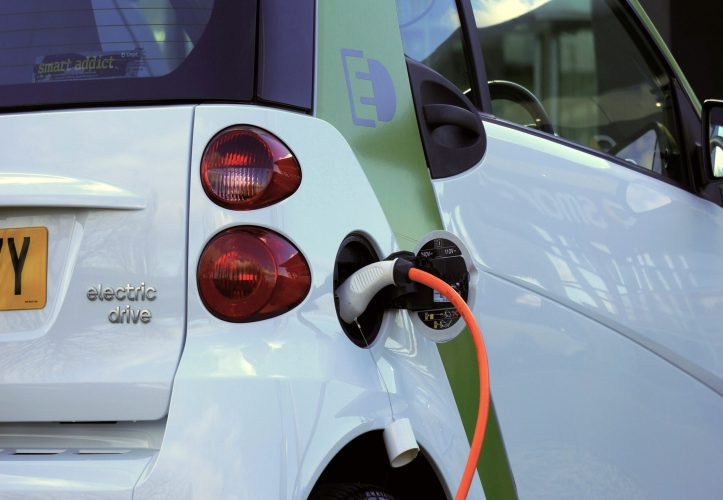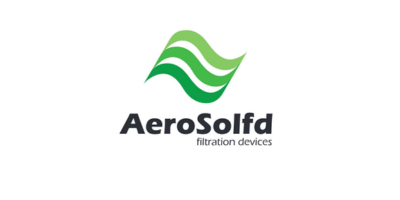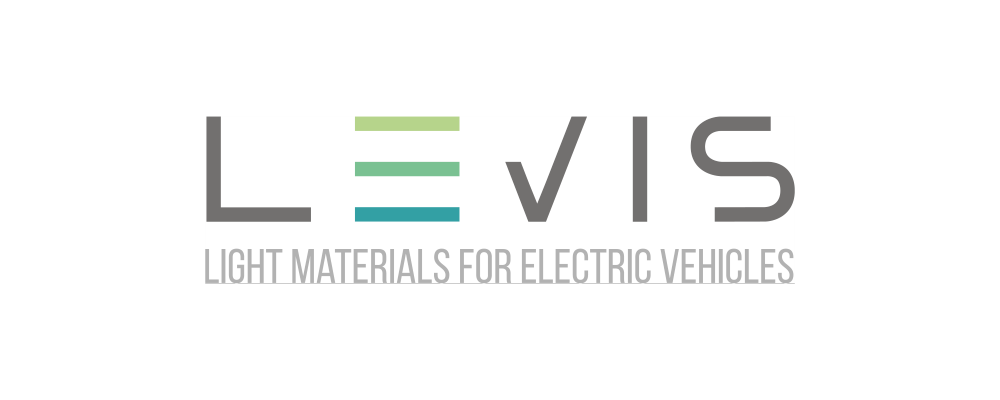Circular Mobility
Supply growth in any sector inevitably leads to waste waves—whether in weeks or years, depending on the product’s lifespan. The same applies to zero-emission mobility and its infrastructure. Today’s transport systems are largely linear – vehicles, infrastructure, and materials are produced, used, and then discarded. A circular approach to mobility aims to break this cycle by keeping materials, products, and resources in use for as long as possible.
Is recycling the solution? Circular mobility goes beyond recycling. It involves rethinking the way we design, manufacture, use, and manage transport systems. This means choosing durable and repairable materials, designing vehicles, transport systems and infrastructure for longer lifespans, and finding new ways to reuse and repurpose components instead of discarding them. It also involves rethinking business models—shifting away from the traditional use-and-dispose (linear) approach toward systems that prioritize longevity, resource efficiency, and continuous value retention. A shift to circular mobility reduces dependency on raw materials, lowers waste and emissions, and makes the transport sector more resilient and future-proof.

Circular Transition Strategy
We help governments, the automotive sector and the EV charging industry on their journey toward a circular economy by providing tailored guidance, strategic insights, and practical solutions. Through workshops, training, and strategic planning, we support them to navigate the evolving regulatory landscape (such as EPR and ESPR) and shift to resource-efficient and future-proof mobility systems.

Circular Procurement Support
We support public authorities and businesses in embedding circular principles into procurement, from bid preparation to evaluation. By integrating circular frameworks, we help organizations make sustainable purchasing decisions that reduce waste, extend product lifecycles, and align with evolving regulations.
LCA and eco-design
Sustainable and circular thinking starts from product design phase. We equip our clients with eco-design approach to ensure sustainability is a strategic choice rather than a corrective measure. By conducting Life cycle Assessment we help manufacturers, policymakers, and investors to quantify environmental footprint of their products or services and identify opportunities to reduce resource use, emissions, and waste. We also use serious games to explore LCA challenges in a dynamic way, enabling strategic thinking and translating insights into practical, real-world strategies.
Circular innovations
We partner with clients to develop circular business models, extend product lifecycles, and unlock second-life opportunities. Through pilots and real-world testing, we create practical, scalable strategies for circular innovation. As regulations evolve, we help businesses stay ahead by seamlessly integrating circularity into their operations.
Follow the links below for more details on the activities we’re involved in and get in touch to see how you can lower your emissions.
Related Markets
Related Projects

AeroSolfd
AeroSolfd: Fast Track to Cleaner Urban Air After lowering carbon emissions from vehicles, the next big challenge is to reduce NOx and particulate matter (PM10 and PM2.5) emissions, residue of toxic

LEVIS
LEVIS: Advanced Light materials for sustainable Electrical Vehicles by Integration of eco-design and circular economy Strategies The transition to sustainable personal mobility is a hot topic in transport decarbonisation. The
Get in touch with our expert

Shiva Noori
Team Lead Circular Mobility
Shiva is the Team Lead Circular Mobility, bringing her engineering and industry experience into research and consultancy. Concerned about resource and waste flows in the energy transition? She’s always open to discuss circular solutions for your product or organization.

